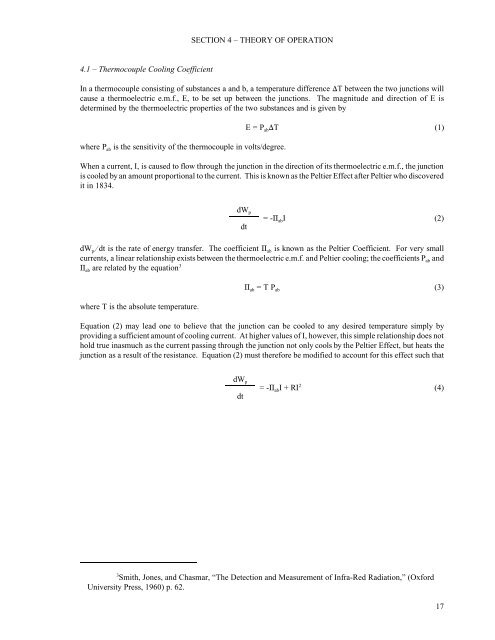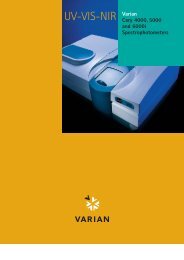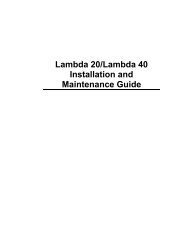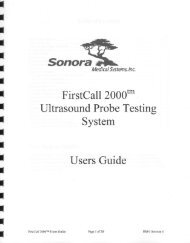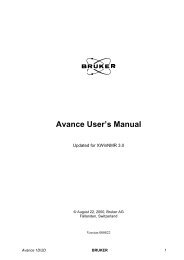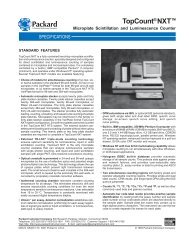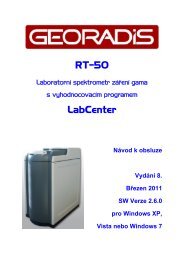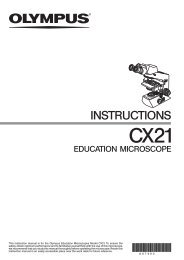HR-33T Dew Point Microvoltmeter Instruction/Service Manual ...
HR-33T Dew Point Microvoltmeter Instruction/Service Manual ...
HR-33T Dew Point Microvoltmeter Instruction/Service Manual ...
Create successful ePaper yourself
Turn your PDF publications into a flip-book with our unique Google optimized e-Paper software.
SECTION 4 – THEORY OF OPERATION4.1 – Thermocouple Cooling CoefficientIn a thermocouple consisting of substances a and b, a temperature difference )T between the two junctions willcause a thermoelectric e.m.f., E, to be set up between the junctions. The magnitude and direction of E isdetermined by the thermoelectric properties of the two substances and is given bywhere P ab is the sensitivity of the thermocouple in volts/degree.E = P ab )T (1)When a current, I, is caused to flow through the junction in the direction of its thermoelectric e.m.f., the junctionis cooled by an amount proportional to the current. This is known as the Peltier Effect after Peltier who discoveredit in 1834.dW p= -A ab I (2)dtdW p 'dt is the rate of energy transfer. The coefficient A ab is known as the Peltier Coefficient. For very smallcurrents, a linear relationship exists between the thermoelectric e.m.f. and Peltier cooling; the coefficients P ab andA ab are related by the equation 3 A ab = T P ab (3)where T is the absolute temperature.Equation (2) may lead one to believe that the junction can be cooled to any desired temperature simply byproviding a sufficient amount of cooling current. At higher values of I, however, this simple relationship does nothold true inasmuch as the current passing through the junction not only cools by the Peltier Effect, but heats thejunction as a result of the resistance. Equation (2) must therefore be modified to account for this effect such thatdW p= -A ab I + RI 2 (4)dt3Smith, Jones, and Chasmar, “The Detection and Measurement of Infra-Red Radiation,” (OxfordUniversity Press, 1960) p. 62.17


